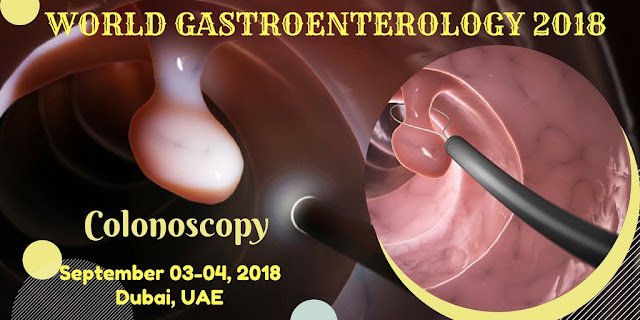A broccoli a day keep the cancer doctor away

"Mothers are right after all, eating vegetables is important." Colorectal cancer is one of the most common cancers in the world, particularly the developed world. In spite of the fact that the 5-year survival rates for earlier stages of this cancer are moderately great, at later stages survival goes down and the chance of cancer repeat goes up significantly. A way to turn a humble cocktail of microbes and vegetables into a focused on framework that looks for out and kills colorectal cancer cells has been found. Engineered probiotics can target and kill colorectal cancer cells in the nearness of a substance have been found in a few vegetables. Bacteria have been intended that particularly targets colorectal cancer cells and converts a constituent in a few vegetables into an anticancer agent. The system decreased the number of tumors by 75 per cent and shrank the remaining tumors by triple of colorectal cancer. At the heart of this cancer-targeting framework is an b...


